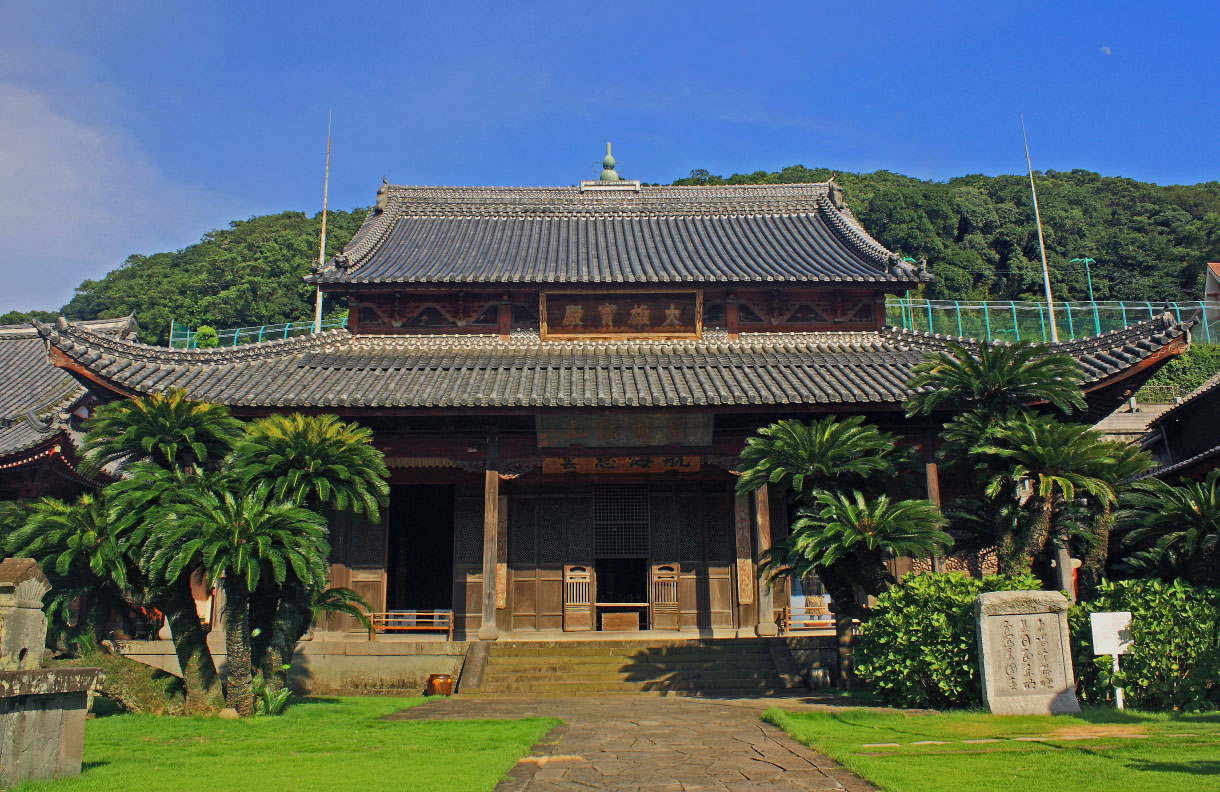There was a time when the journey from East China to Nagasaki was a long and treacherous one across an unpredictable sea. Once a ship entered the verdant hill-sheltered bay that led to the city, the passengers thanked the gods for their safe arrival. After anchoring in the harbor, a procession accompanied by drums and gongs would make its way through the town carrying the ship's most important passenger: an image of Mazu, the Chinese goddess of the sea (known in Japan as Maso), without whom a safe voyage would have been impossible.
These days, spectators line the streets to watch a reenactment of this ritual performed every year during Nagasaki's colorful Chinese New Year festivities, reinforcing the strong link between the city and its early Chinese residents.
Nagasaki is celebrated as the meeting place between Japan and the West. In the 16th century, Portuguese Jesuits gained permission to develop a small fishing hamlet in Western Kyushu into the port town we now know as Nagasaki. Later, the fan-shaped island of Dejima was constructed to confine first the Portuguese and, after their expulsion, the Dutch. In the 19th century, Westerners once more flocked to the city when Nagasaki was one of the first ports to reopen to foreigners. On Aug. 9, 1945, Nagasaki was again to meet the West, but this time in its most destructive form: the atomic bomb.



















With your current subscription plan you can comment on stories. However, before writing your first comment, please create a display name in the Profile section of your subscriber account page.